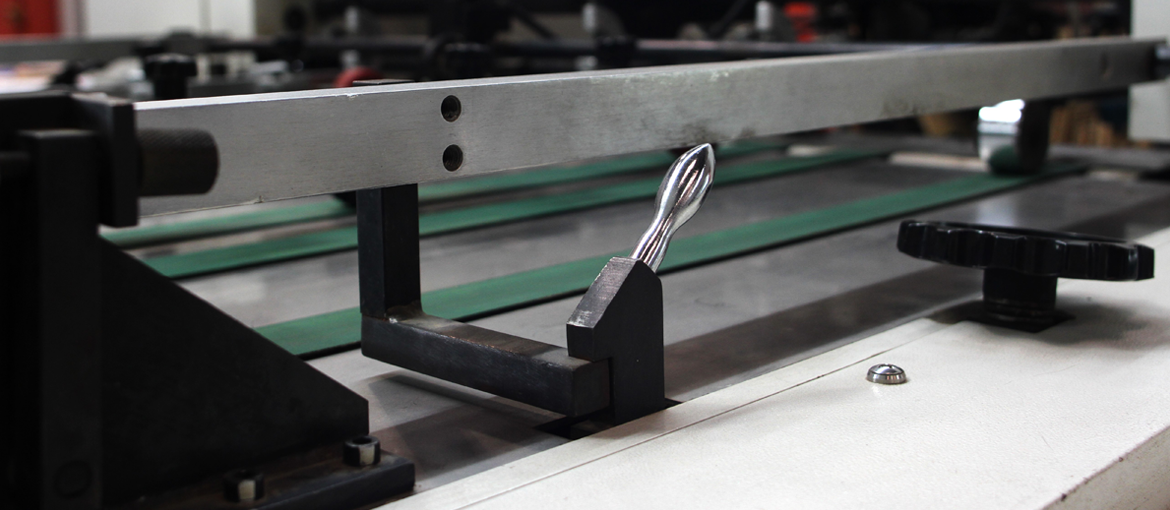Table of Contents
Anyone who comes into contact with the world of printing, whether it’s the online or the offline variety, even just as a service user, will soon run into the terms offset printing and digital printing. It is the main distinction drawn between the equipment normally used at large or medium-sized printing companies. But what are the differences between these two types of printing?
We should make one thing clear straight away: the gap between these two technologies is narrowing all the time. Digital printing, the younger of the two, is now maturing, while offset printing continues to improve by borrowing technology from the digital world.
The two technologies are therefore converging, both in terms of quality and possible uses, and here at Pixartprinting we are following these changes with interest (we mentioned the topic briefly in our article on 6 printing innovations to watch in 2018).
With this in mind, we’ll now take you through the main characteristics of offset and digital printing and the main differences between the two as simply and accurately as we can.
OFFSET PRINTING

- Offset printing is an indirect form of printing: the image is created on a plate, transferred to a rubber surface, and then impressed onto the sheet of paper. The rubber allows surfaces that are not completely smooth, like certain kinds of paper, to be printed extremely accurately.
- Offset printing is based on a mechanism made up of three cylinders. The first cylinder contains a very flexible aluminium plate: this acts as the image matrix, and is coated in ink. The second cylinder, the offset cylinder, is coated with natural rubber and receives the image from the plate before transferring it to the sheet. The sheet therefore runs between the offset cylinder and a third cylinder, known as the impression cylinder, which ensures the image is printed correctly by pressing the sheet against the offset cylinder. There are also other small cylinders above the plate, used to prepare the ink and dampen the plate.

- In offset printing the preparation of the plate is based on the principle of the chemical and physical repulsion between water and fatty substances (such as oil, or, in this case, ink). The plate is completely flat, and the aluminium parts not to be coated in ink (known as the non-image areas) are dampened with water, so the ink only adheres to the image areas. This simple mechanism is accurate to the nearest micron or so, and stems from lithography techniques developed in the late eighteenth century.
- Some historical background: offset printing can be considered an ‘industrialised’ evolution of lithography, a direct printing method invented in the late eighteenth century that involves creating an image by pressing a stone plate — suitably dampened and inked — directly onto paper. Unlike lithography, offset printing is an indirect process, as we mentioned above. Offset printing was invented by American lithographer Ira W. Rubel, who in 1904 discovered the indirect impression method by chance, and therefore created the machine based on three cylinders outlined above. The invention was then honed in Germany and the UK.
DIGITAL PRINTING

The digital technology that most interests us in the context of industrial printing is HP Indigo digital printing, a method created by the American printing giant that takes a lot of its functionalities from offset printing, to the extent that it can be defined digital offset.
- Here too there are three main cylinders, but with the difference that the plate cylinder is created digitally: the ink particles are electrically charged in a liquid, and can therefore be positioned accurately on the plate by means of controlled electric fields. This means that the image on the plate, and therefore the image printed, can be changed more or less every fraction of a second.
- Some historical background: Digital technology entered the world of printing in the late 1990s. It really took off thanks to a software revolution, with the spread of the PDF format introduced by Adobe in 1993, which allowed images created on different devices to be sent to printing with homogenous parameters. HP Indigo technology was invented in the early 2000s and has become widespread in the world of industrial printing over the past 15 years.
THE ADVANTAGES AND DISADVANTAGES OF OFFSET AND DIGITAL PRINTING
Now we’ve described the two technologies, it’s time to have a look at the advantages and disadvantages of offset printing and HP Indigo digital printing, and work out why the gap between the two is narrowing more and more.
- Start-up cost: offset printing has the disadvantage of needing preparation of the initial plate. This costs more than digital printing, and the plate cannot be modified once set up. However, the costs are falling steadily, and the speed with which the plate can be replaced has increased: until 2010 it took six minutes, whereas now it only takes 90 seconds.
- Minimum printing runs: because with digital printing the plate is created electronically, it is possible to print even a single copy of the product, something that would not be viable with offset printing due to the cost of preparing the plate. This is a major advantage of digital technology: you can print just a few copies of a book, or print items on demand. However, offset printing remains a cheap option for very large print runs.
- Quality: traditionally, offset is considered to be of higher quality than digital printing. Nowadays, however, only a very expert eye could tell the difference between a product printed digitally with HP Indigo and one printed using offset printing.
- Format: offset printing uses large-format sheets, meaning that various products can be grouped together, thereby reducing printing costs.
Will these technologies converge in the future? We’ll be keeping an eye out for any developments in the next few years!

